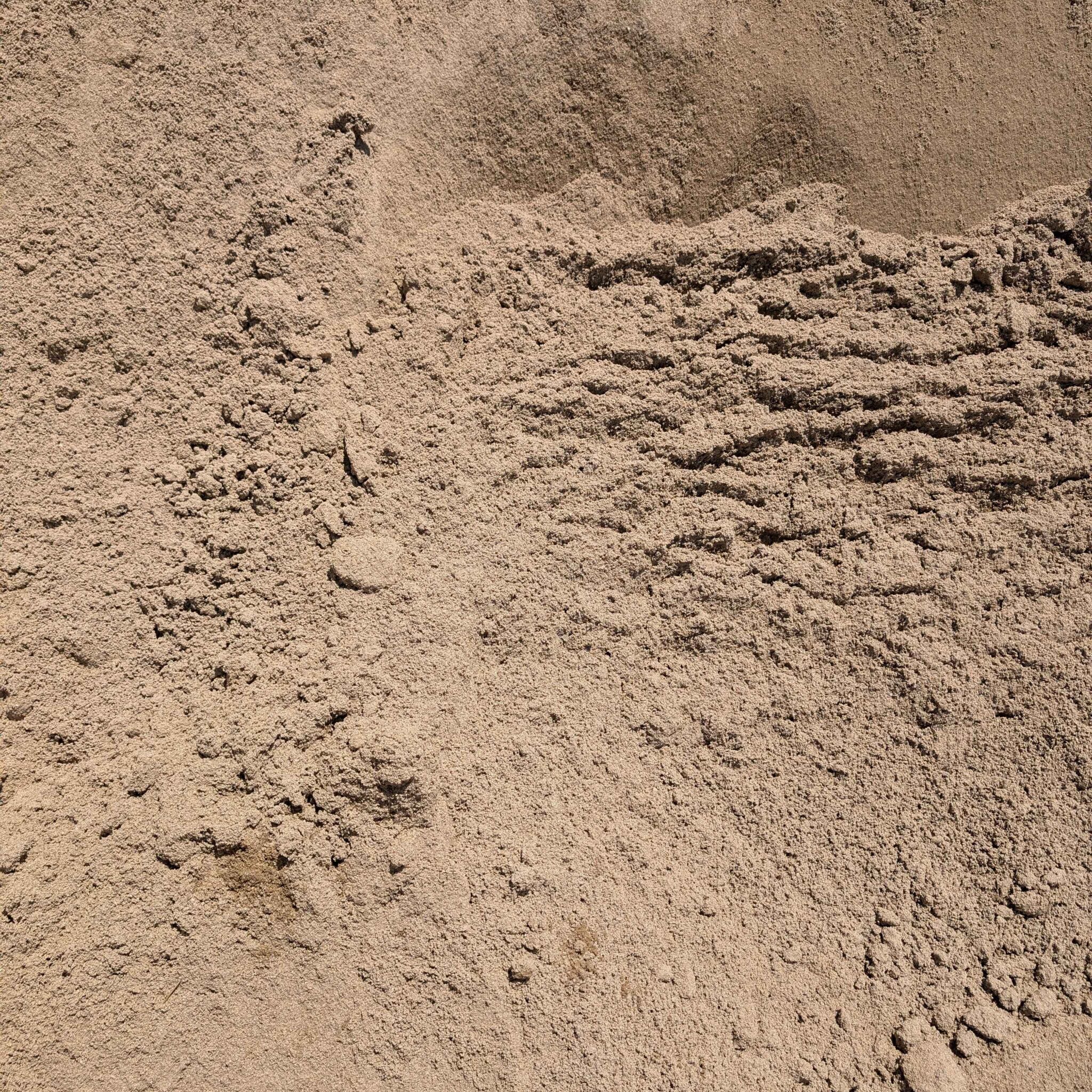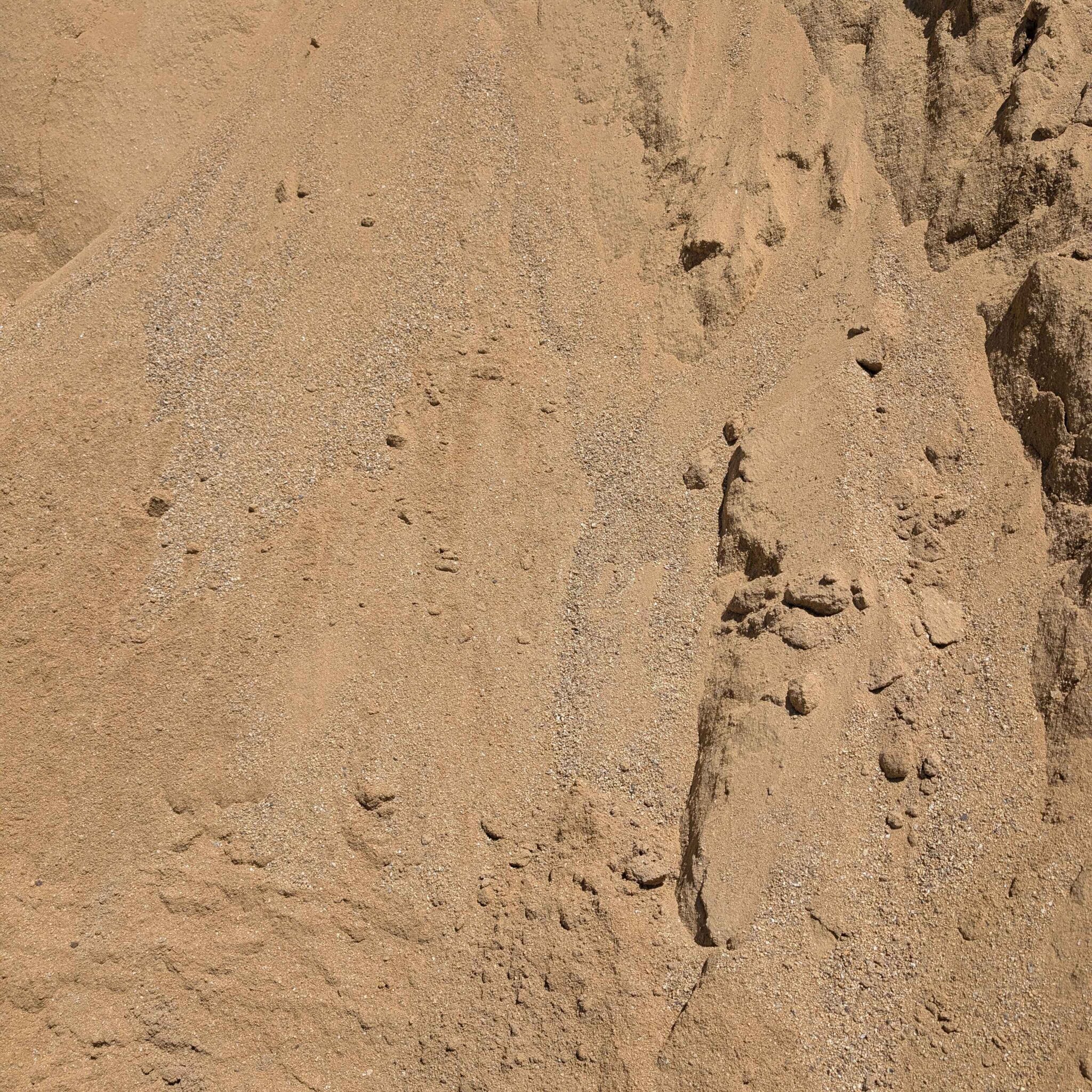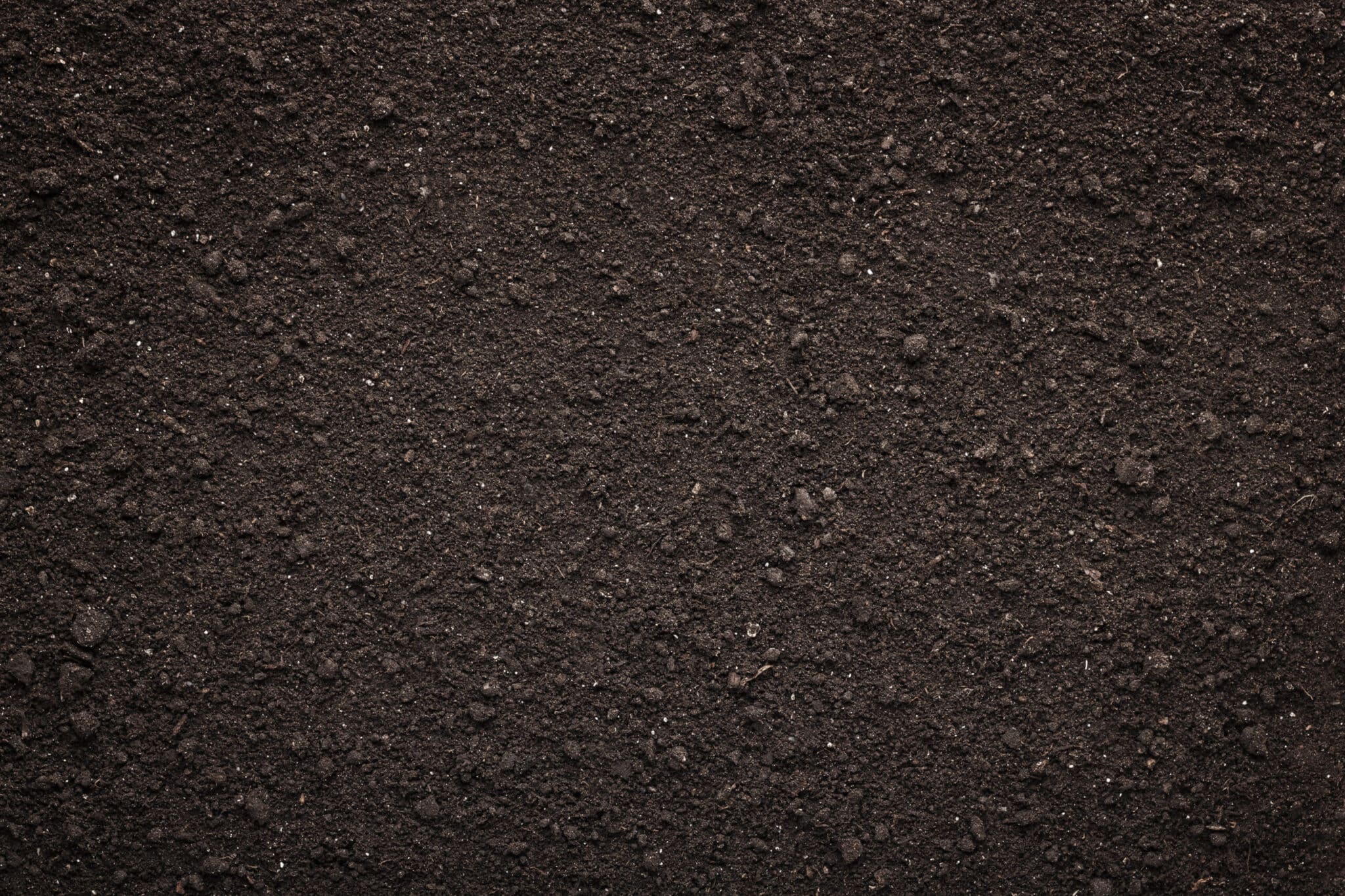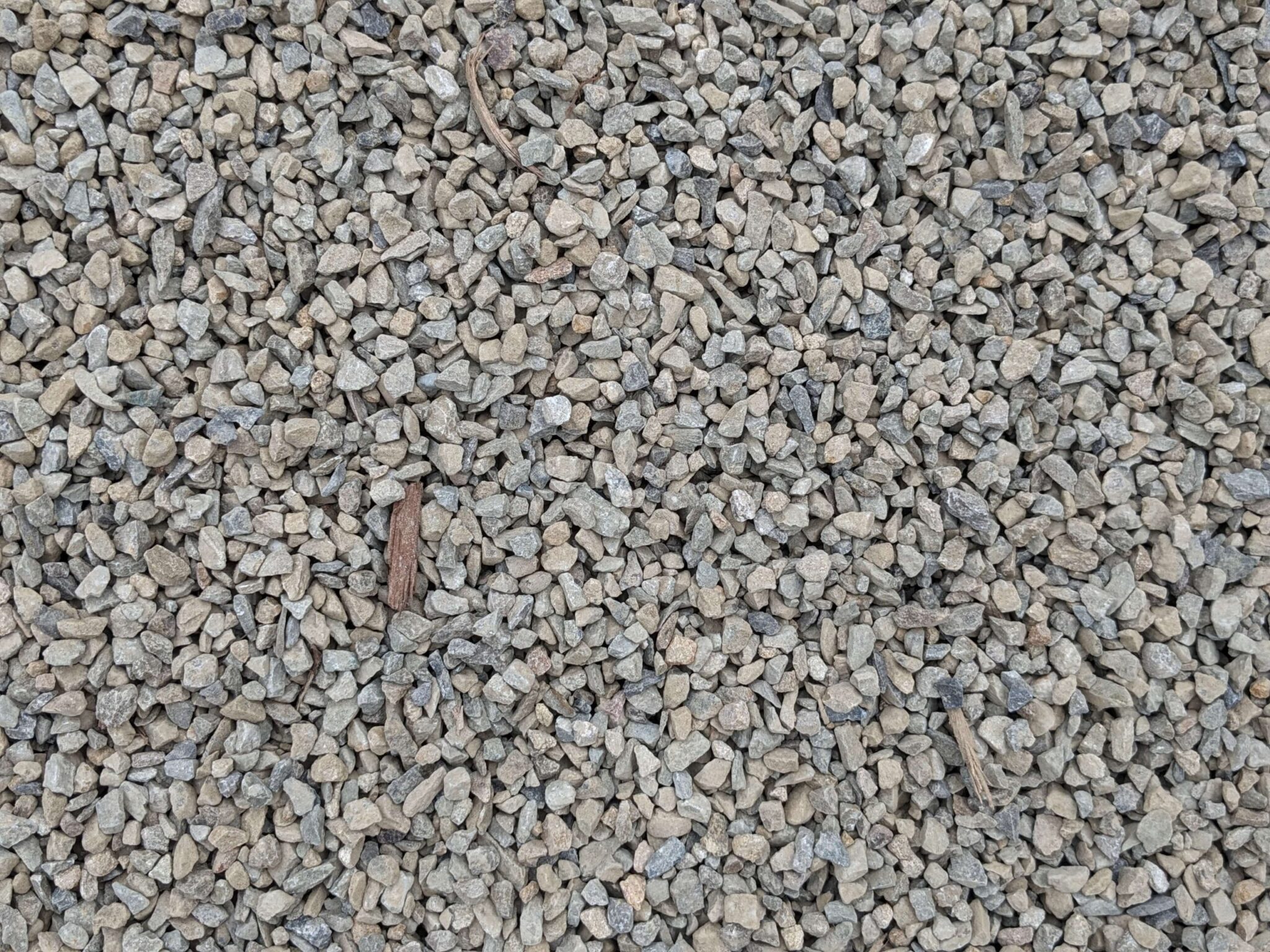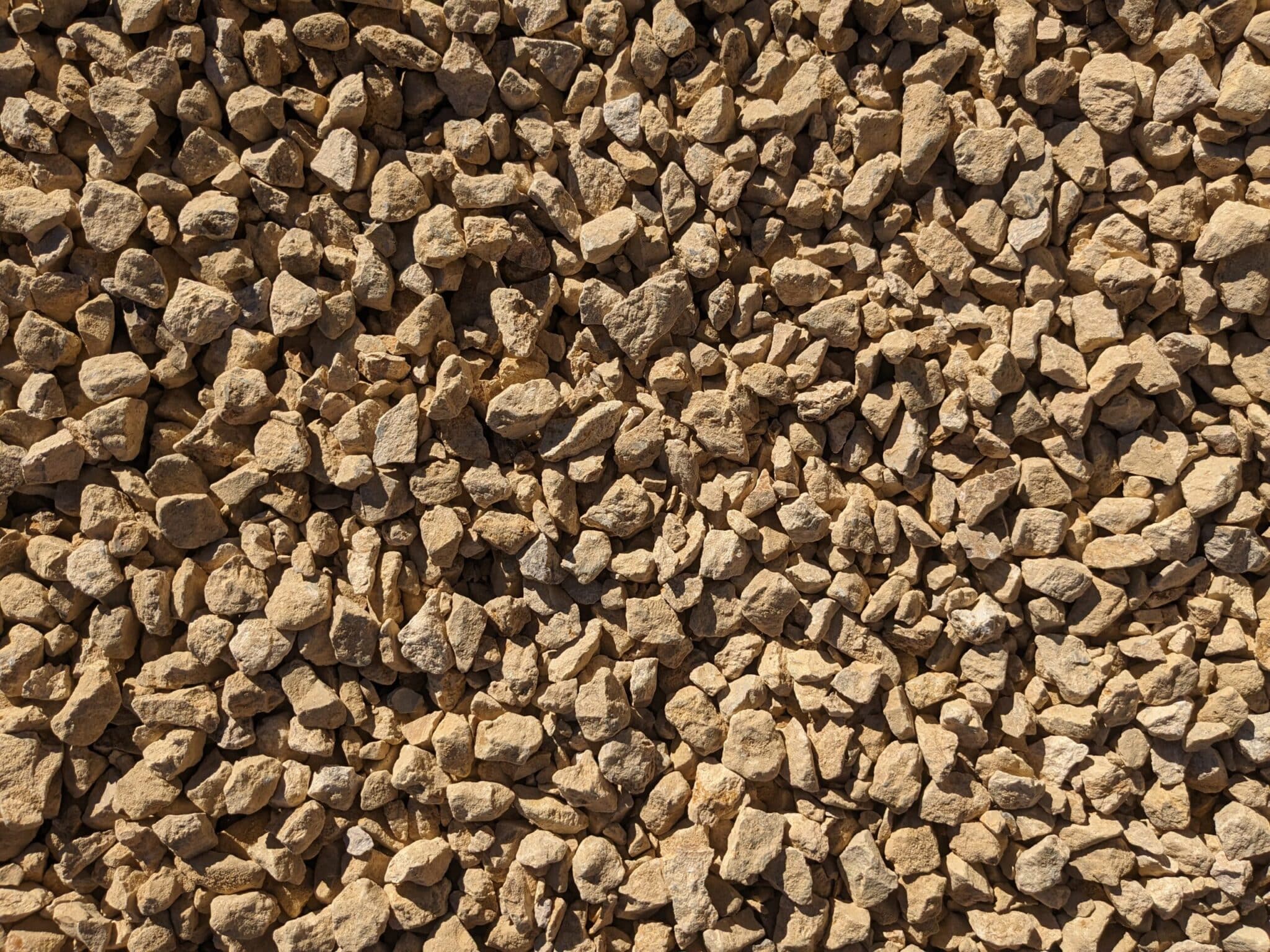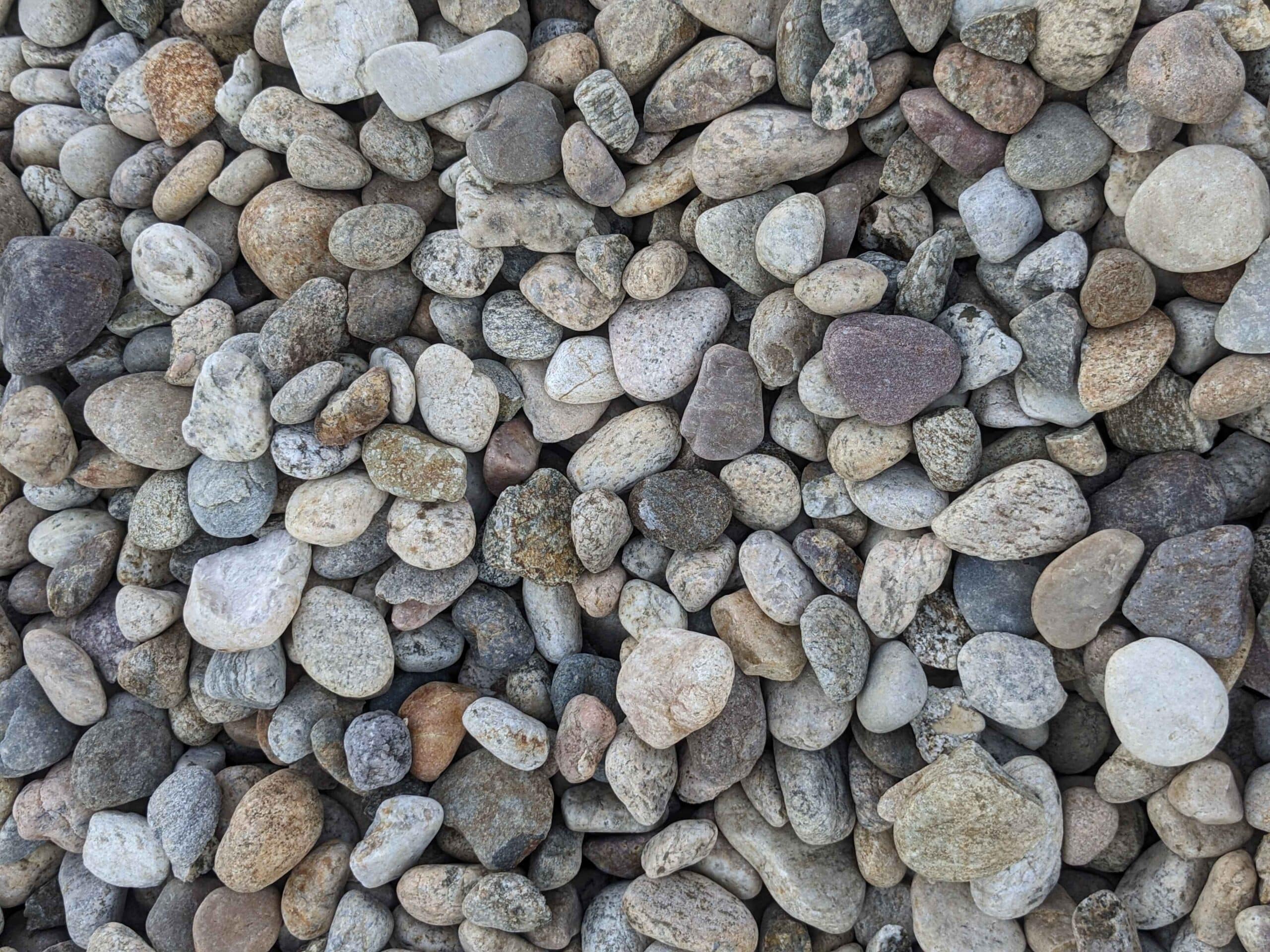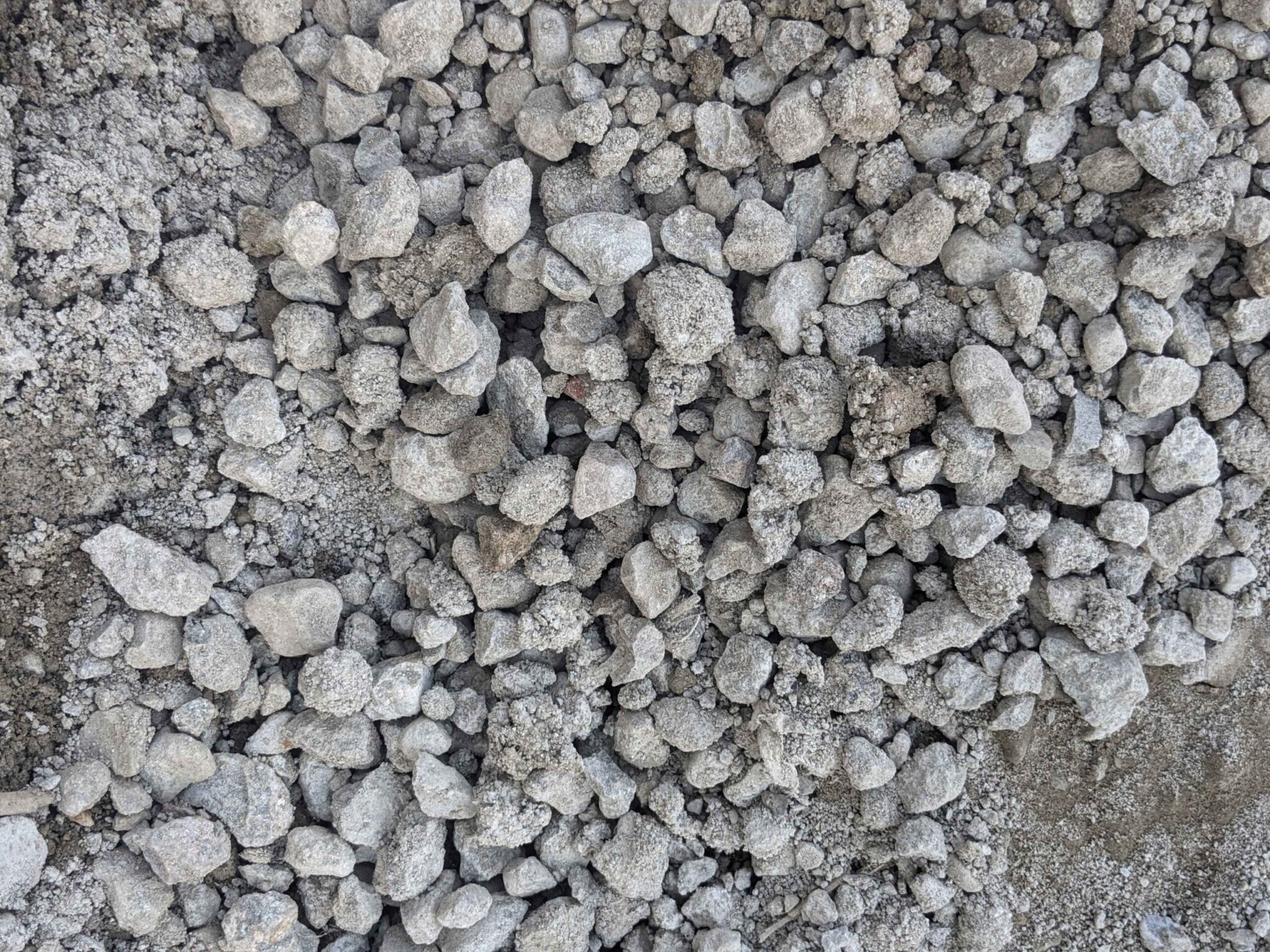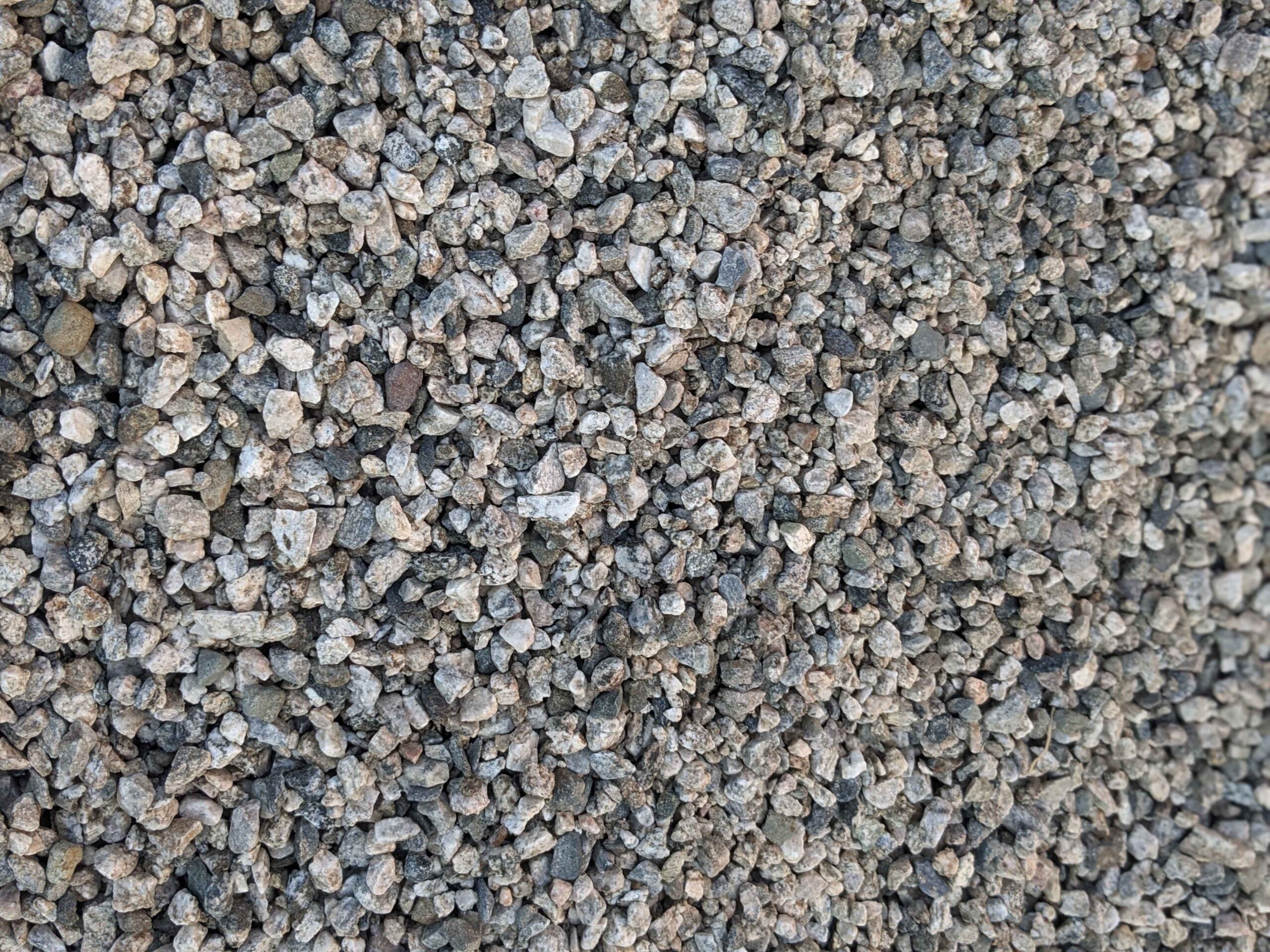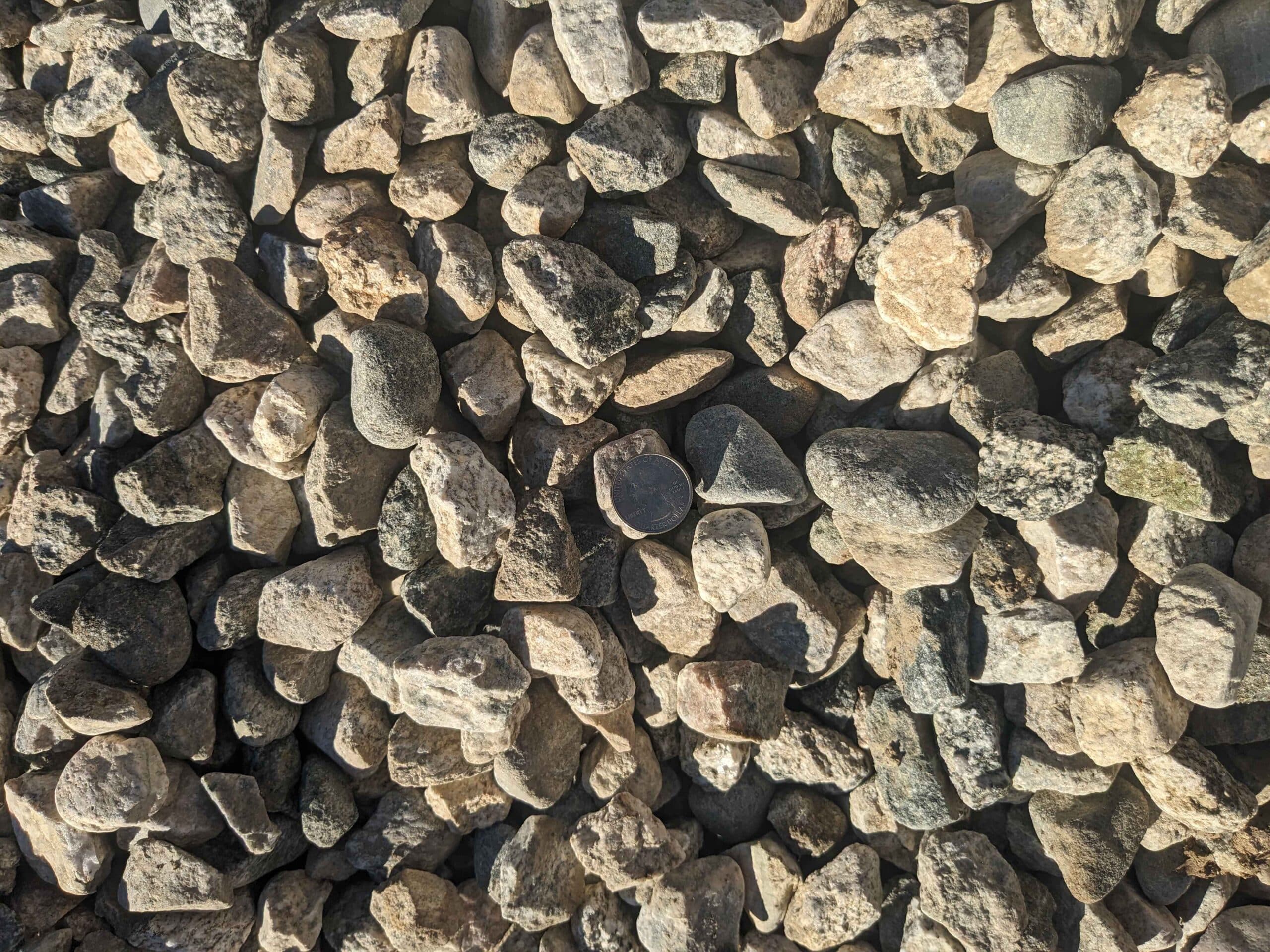Quarry gravel is a widely used construction material that plays a critical role in various applications. From road construction to landscaping and concrete production, understanding quarry gravel is essential for anyone involved in the construction industry. In this comprehensive guide, we will explore the definition and formation of quarry gravel, the different types available, the importance of quarry gravel in construction, the extraction process, quality assessment, and its various applications.
Understanding Quarry Gravel
Quarry gravel, also known as stone aggregate, is a type of coarse rock material commonly used in construction projects. It forms naturally as a byproduct of the weathering and erosion of larger rocks over time. The gravel is typically extracted from quarries, which are large open pits or excavations where the stone is mined.
Definition and Formation of Quarry Gravel
Quarry gravel is formed through a fascinating process that begins with the gradual breakdown of larger rocks. Over time, these rocks are subjected to various weathering forces, such as wind, rain, and temperature changes. As the rocks undergo these natural processes, they begin to break apart into smaller fragments, eventually transforming into gravel.
The formation of quarry gravel is a result of the relentless forces of erosion. As water flows over the rocks, it carries away loose particles, gradually wearing down the surface. Similarly, wind erosion can also contribute to the breakdown of rocks, especially in arid and windy environments. These erosive forces, combined with the natural movement of the Earth’s crust, cause the rocks to disintegrate and eventually form gravel.
Types of Quarry Gravel
Quarry gravel comes in various sizes and types, each suitable for specific applications. The most common types include crushed gravel, washed gravel, and bank run gravel.
Crushed gravel is created by crushing larger stones into smaller fragments, giving it a more uniform shape. This process involves using heavy machinery to break down the rocks into smaller pieces. The resulting crushed gravel is often used as a base material for roads, driveways, and walkways due to its compact nature and excellent drainage properties.
Washed gravel, on the other hand, undergoes a washing process to remove any impurities. This cleaning process ensures that the gravel is free from dirt, dust, and other unwanted substances. Washed gravel is commonly used in landscaping projects, as it provides a clean and aesthetically pleasing appearance.
Bank run gravel, as the name suggests, is directly extracted from the quarry and requires minimal processing. It is often used in large-scale construction projects where a large volume of gravel is needed quickly. Bank run gravel is commonly used as a fill material in road construction and as a base for building foundations.
The Importance of Quarry Gravel in Construction
Quarry gravel plays a crucial role in the construction industry, providing stability, strength, and durability to various structures. Its versatile nature allows it to be used in a wide range of applications, making it an essential material for builders and contractors.
One of the primary uses of quarry gravel is in road construction. The compact nature of crushed gravel makes it an ideal choice for creating a solid foundation for roads and highways. It provides excellent load-bearing capacity and helps distribute the weight of vehicles evenly, ensuring the longevity and safety of the road infrastructure.
In addition to road construction, quarry gravel is also extensively used in building foundations. The strong and stable nature of gravel makes it an excellent choice for supporting the weight of structures. Whether it’s a residential building or a commercial complex, the use of quarry gravel ensures the stability and longevity of the foundation.
Furthermore, quarry gravel is widely used in landscaping projects to enhance the aesthetics of outdoor spaces. The various sizes and types of gravel allow for creative designs, such as gravel pathways, decorative rock gardens, and water features. Its natural appearance and durability make it a popular choice among landscape architects and homeowners alike.
Overall, quarry gravel is an indispensable material in the construction industry. Its abundance, versatility, and durability make it a reliable choice for various applications. Whether it’s providing a stable foundation, improving drainage, or enhancing the beauty of outdoor spaces, quarry gravel continues to play a vital role in shaping our built environment.
The Quarry Gravel Extraction Process
Site Selection and Preparation
Before the extraction process can begin, appropriate quarry sites must be selected based on several factors such as accessibility, proximity to construction projects, and availability of the desired type of gravel. This meticulous site selection process ensures that the extraction operation will be efficient and sustainable.
Once a suitable site is identified, it undergoes preparation, which involves more than just clearing vegetation and leveling the terrain. Environmental assessments are conducted to evaluate the impact of the extraction process on the surrounding ecosystem. Measures are taken to minimize any potential harm to wildlife habitats and water sources, ensuring responsible quarrying practices.
Furthermore, geological surveys are conducted to determine the quality and quantity of the gravel deposits. This information is crucial for planning the extraction process and estimating the lifespan of the quarry. By understanding the geological characteristics of the site, quarry operators can optimize their operations and minimize waste.
Extraction Techniques
There are several extraction techniques used to retrieve quarry gravel. The most common method involves the use of heavy machinery, such as excavators and loaders, to remove the gravel from the quarry. These powerful machines are carefully operated by skilled professionals who ensure the safe and efficient extraction of the gravel.
However, in some cases, alternative extraction methods may be employed. For example, in environmentally sensitive areas, where noise and dust pollution must be minimized, controlled blasting techniques may be used to loosen the gravel before it is extracted. This method requires careful planning and execution to ensure the safety of both the workers and the surrounding environment.
Regardless of the extraction technique used, the process is closely monitored to ensure compliance with environmental regulations. Regular inspections and audits are conducted to assess the impact of the extraction operations and make any necessary adjustments to minimize environmental harm.
Post-Extraction Processing
After extraction, the gravel undergoes post-processing to ensure its suitability for various applications. This crucial step involves a series of carefully designed processes that enhance the quality and usability of the gravel.
One of the primary post-extraction processes is crushing. The extracted gravel is transported to crushing plants, where specialized machinery breaks it down into smaller pieces. This process not only reduces the size of the gravel but also helps to remove any impurities that may be present.
Following the crushing process, the gravel is then subjected to screening. This involves passing the gravel through a series of screens with different-sized openings. By doing so, the gravel is sorted into different size fractions, ensuring that it meets the specific requirements of different construction projects.
In addition to crushing and screening, washing is another common post-extraction process. This step involves the use of water and specialized equipment to remove any remaining impurities, such as clay or organic matter, from the gravel. The washing process helps to enhance the quality and cleanliness of the gravel, making it suitable for a wider range of applications.
Once the post-extraction processing is complete, the processed gravel is then ready for delivery to construction sites or storage facilities. It is carefully loaded onto trucks or railcars, ensuring that it is protected from contamination and damage during transportation.
Overall, the quarry gravel extraction process is a complex and carefully orchestrated operation. From site selection and preparation to extraction techniques and post-processing, every step is meticulously planned and executed to ensure the production of high-quality gravel while minimizing the impact on the environment.
Quality Assessment of Quarry Gravel
Size and Shape Analysis
Assessing the size and shape of quarry gravel is crucial for determining its suitability in different construction projects. Size analysis involves measuring the particle size distribution, while shape analysis focuses on the geometrical characteristics of the gravel particles. These assessments help ensure that the gravel meets the required specifications and can provide optimal performance.
Composition and Durability Testing
Examining the composition and durability of quarry gravel is essential to ensure its longevity and resistance to environmental factors. Chemical analysis helps determine the gravel’s composition, including the presence of any harmful substances. Durability testing assesses the gravel’s ability to withstand weather conditions, freeze-thaw cycles, and chemical exposure, ensuring it can withstand the test of time.
Environmental Impact Assessment
Quarry gravel extraction can have environmental impacts, such as habitat disruption and increased sedimentation in nearby water bodies. Environmental impact assessments evaluate these effects to develop sustainable practices that minimize the negative impact on ecosystems. Responsible gravel extraction methods, such as proper site restoration and water management, are crucial to mitigate any potential environmental harm.
Applications of Quarry Gravel
Use in Road Construction
Road construction heavily relies on quarry gravel due to its load-bearing capacity, durability, and cost-effectiveness. Whether it’s constructing highways, local roads, or driveways, quarry gravel serves as a stable foundation for paving asphalt or concrete surfaces. Its excellent drainage properties also help prevent water accumulation, reducing the risk of damage caused by freezing and thawing.
Role in Landscaping
Quarry gravel plays a vital role in enhancing the aesthetic appeal of outdoor spaces such as gardens, parks, and commercial landscapes. Its natural texture and range of sizes make it ideal for pathways, edging, and decorative features. Additionally, gravel can be used as a base material for patios and seating areas, providing a stable and visually pleasing surface.
Use in Concrete Production
Quarry gravel is a key ingredient in concrete production, providing the necessary aggregates for strength and durability. Combined with cement, sand, and water, gravel forms a solid matrix, making concrete suitable for various construction applications. From buildings to bridges, quarry gravel-infused concrete ensures structural integrity and longevity.
Now that you have a comprehensive understanding of quarry gravel, its extraction process, quality assessment, and applications, you can make informed decisions in your construction endeavors. Whether you’re a contractor, architect, or homeowner, incorporating quarry gravel into your projects will contribute to their overall success, durability, and environmental responsibility.
Start Your Project with Premium Quarry Gravel from Bulk Aggregate Supply
Ready to elevate your construction project with top-tier quarry gravel? Look no further than Bulk Aggregate Supply, your nationwide provider of the highest quality aggregates. Experience our white-glove service and let us streamline your materials procurement process. Whether it’s for a small driveway or a major civil construction project, we’ve got you covered with seamless delivery right to your site. Don’t hassle with multiple quotes—simply check out our products and place your order online for an effortless purchasing experience. Trust in our commitment to exceptional customer service and let us supply the foundation for your project’s success.


